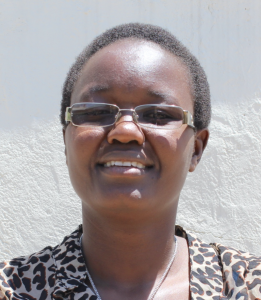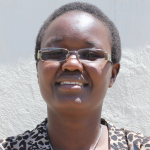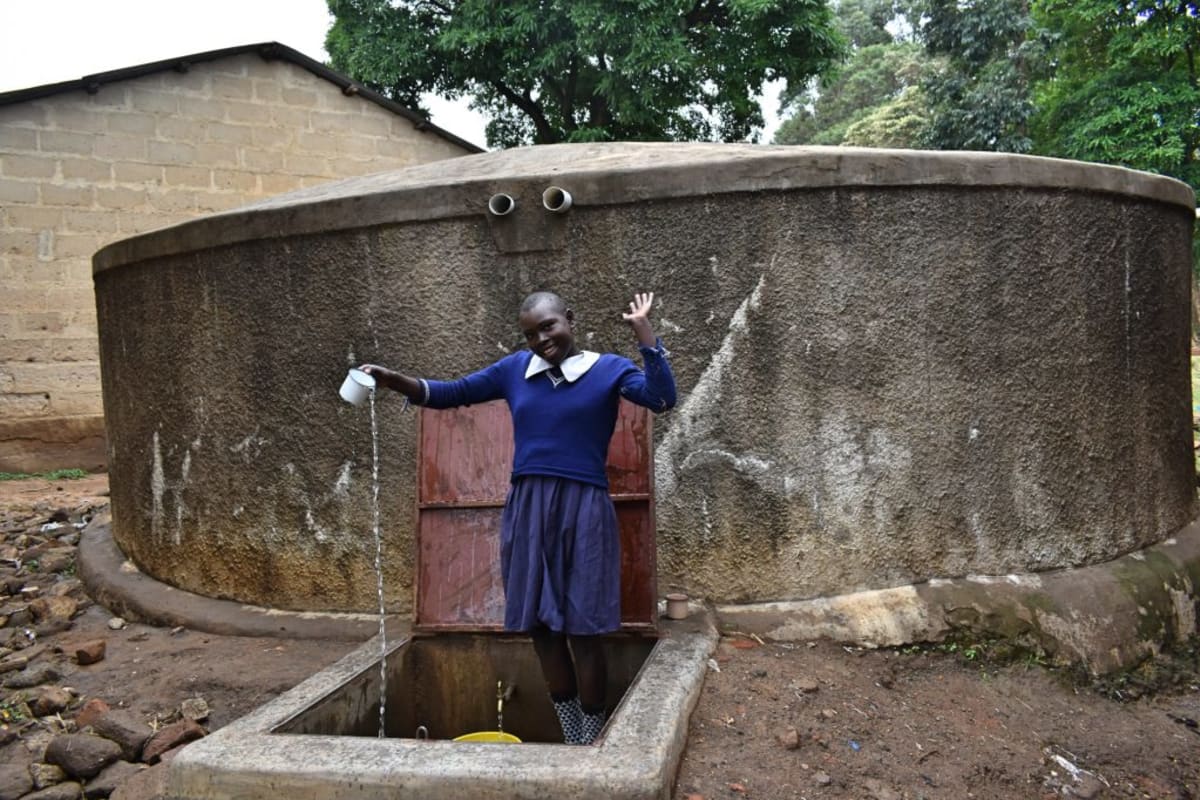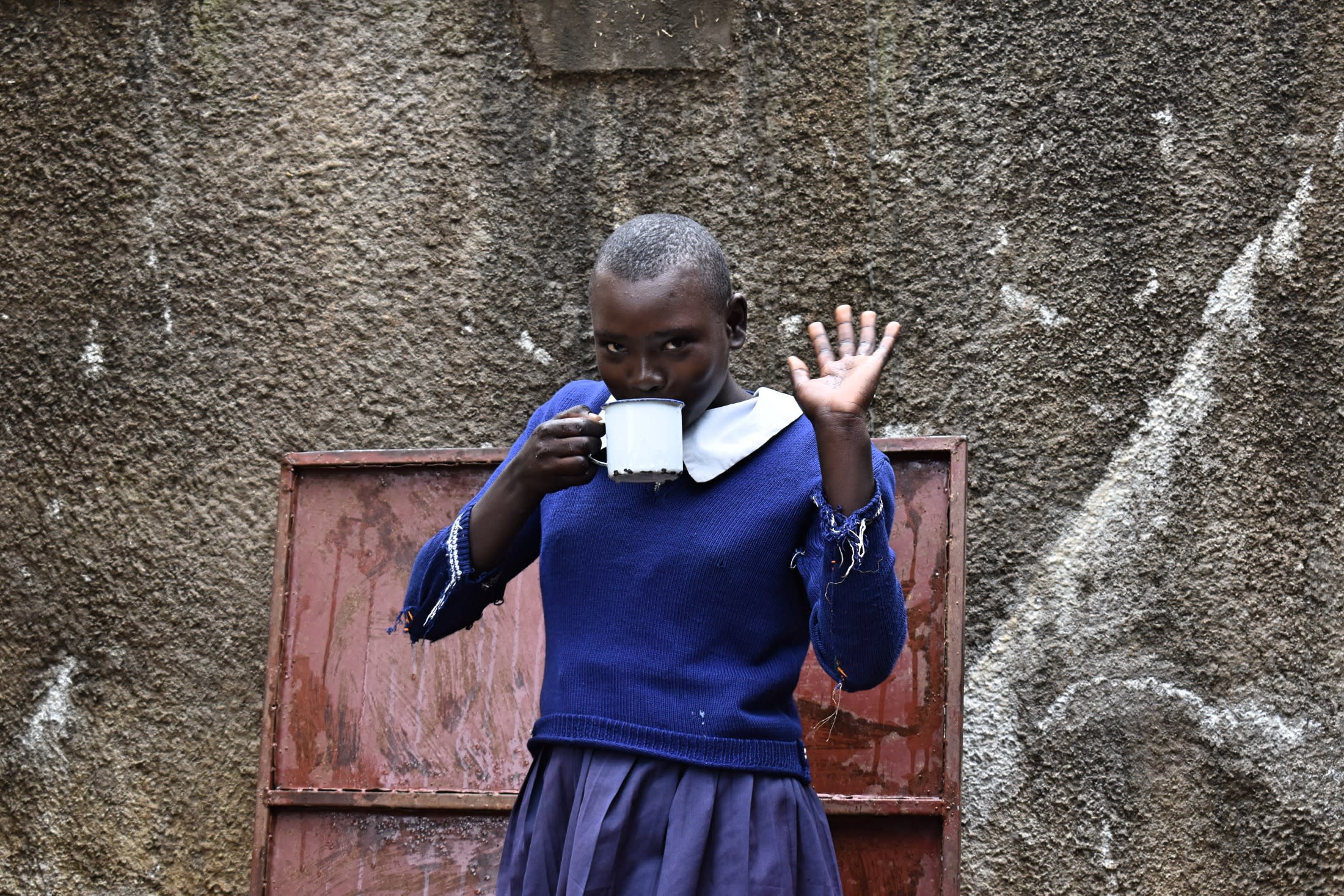The large population of 837 students and 20 teachers at Kuvsali Primary School makes it difficult to operate without water. There is not enough drinking water, leading to students regularly becoming dehydrated. And if there isn't enough water for drinking, then there definitely isn't enough for cleaning and cooking.
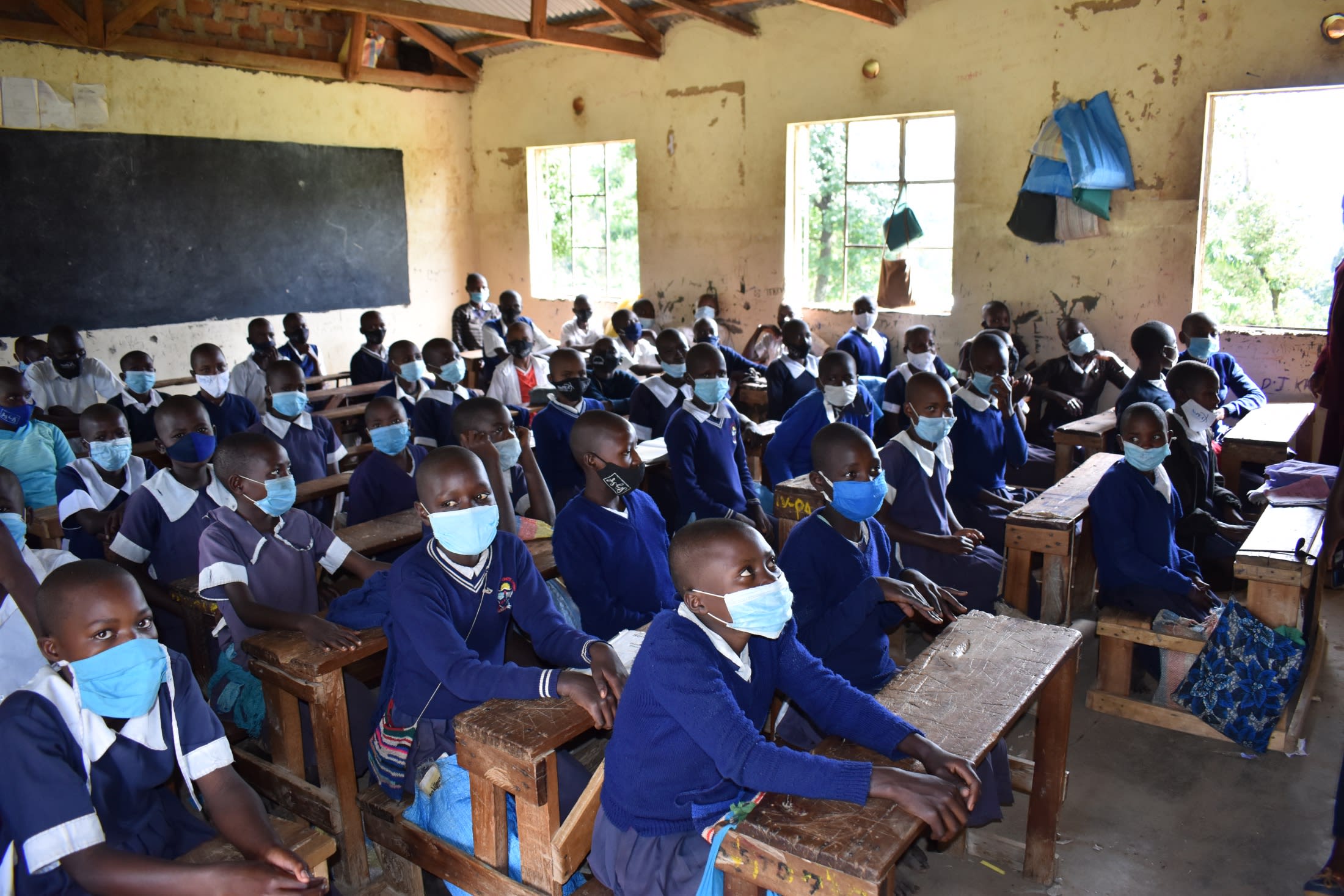
Mr. Javan Kaka Msambayi, the school's Head Teacher, shared, "We are suffering a lot because as a teacher and a parent too, I feel bad when I see the children lacking the basic thing that they need for survival. Lack of enough water, especially during this pandemic, has made life in school unbearable for children and the staff."
Currently, pupils carry water from their homes every day because the water sources at the school are not reliable, and they do not want to risk going the whole day without water.
Mr. Msambayi continued, "Sometimes I release the pupils to go home early because some are thirsty, dirty due to lack of water in school, and this has affected the school performance. Sometimes it's hard to keep the children who are dehydrated in school because they can get water back home."
The standpipe at the school, the primary source of water, is not consistent. The water from the county is only available two days a week. On the other days, the tap is dry. It can also run dry for three months at a time.
There is an 8,000-liter rainwater tank at the school, but it is empty for months during the dry season. When the tank fills with rainwater, it helps, but it runs dry by the end of the day. At times, pupils end up fighting while they wait in line because they fear there will not be enough water to go around.
The lack of water has an impact on students' ability to study and make academic progress. Peninah, a 14-year-old student, commented, "Sometimes I carry drinking water from home to school, but it's not enough because sometimes I share with my classmates who also need water. This has affected my studies a lot because I know drinking water helps a person to be alert, but here in school, without water, I always feel sleepy. I miss what the teacher is saying."
The lack of water also affects the school's sanitation and hygiene situation. The classrooms are dusty, making students with asthma uncomfortable and sick, and the latrines are dirty.
A new, larger rain tank is the best solution because of the large school population. It will allow students to have access to water throughout the entire school day so they can focus on learning.
What We Can Do:
Rain Tank
A 75,000-liter rainwater catchment tank will help alleviate the water crisis at this school. The school will help collect the needed construction materials such as sand, bricks, rocks, and water for mixing cement. We will complement their materials by providing an expert team of artisans, tools, hardware, and the guttering system. Once finished, this tank will begin catching rainfall that will be used by the school's students and staff for drinking, handwashing, cooking, cleaning, and much more.
We and the school strongly believe that all of these components will work together to improve standards at this school, which will help lead to better student academic performance and will help to unlock the potential for these students to live better, healthier lives.
Handwashing Stations
There is currently nowhere for students to wash their hands after using the latrines or before eating lunch, let alone the water to do so.
The student health club will oversee the 2 new handwashing stations we will provide, and make sure they are kept clean and in working condition. The club leaders will fill the handwashing stations with water daily and make sure they are always supplied with a cleaning agent such as soap or ash.
VIP Latrines
2 triple-door latrine blocks will be constructed with local materials that the school will help gather. 3 doors will serve the girls while the other 3 will serve the boys. All of these new latrines will have cement floors that are designed to be easy to use and to clean. And with a rain tank right on school property, there should be enough water to keep them clean.
Training on Health, Hygiene, COVID-19, and More
We will hold a 1-day intensive training session with students, teachers, and parents. This training will cover a wide range of topics including COVID-19 symptoms, transmission routes, and prevention; personal and environmental hygiene; and the operation and maintenance of the rain tank, latrines, and handwashing stations. There will be a special emphasis on handwashing.
Our team of facilitators will use a variety of methods to train, including participatory hygiene and sanitation transformation, and asset-based community development. We will initiate a student health club, which will prepare students to lead other pupils into healthy habits at school and at home. We will also lead lectures, group discussions, and provide illustrative handouts to teach health topics and ways to promote good hygiene practices within the school including handwashing and water treatment. We will then conduct a series of follow-up trainings before transitioning to our regularly scheduled support visits throughout the year.

 Rainwater Catchment
Rainwater Catchment
 Rehabilitation Project
Rehabilitation Project












